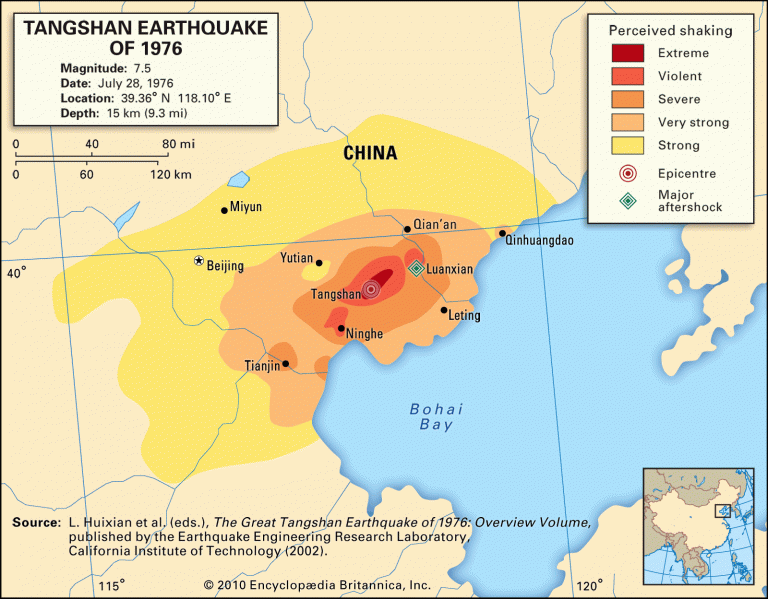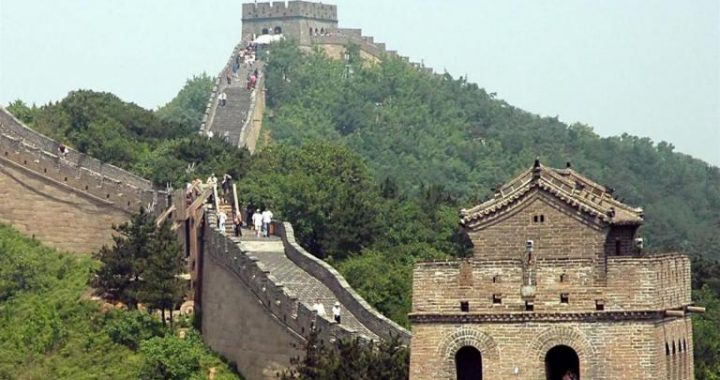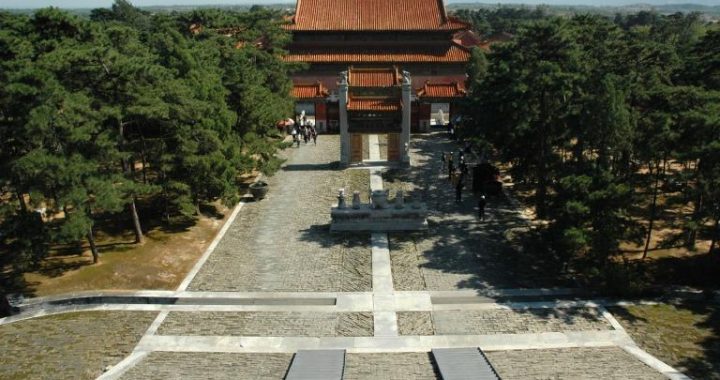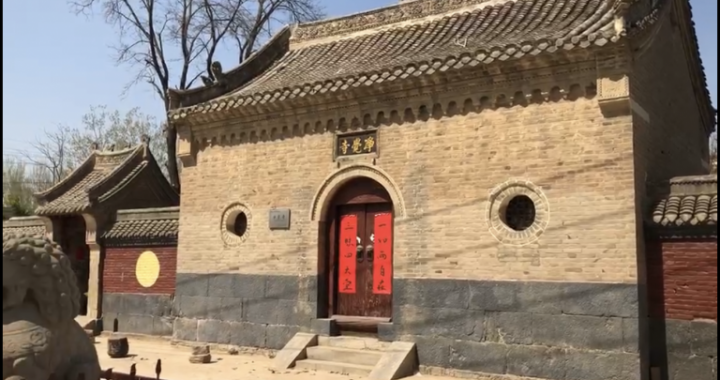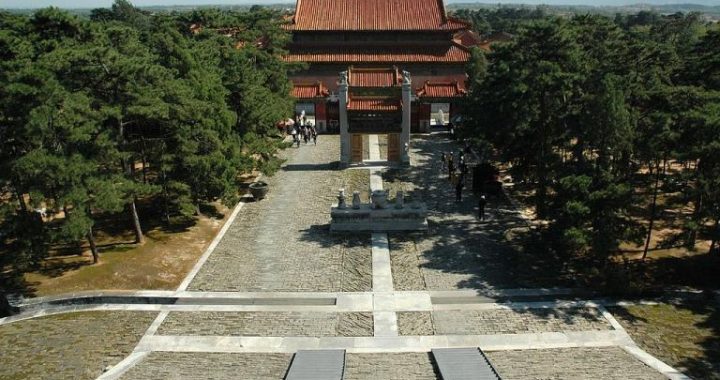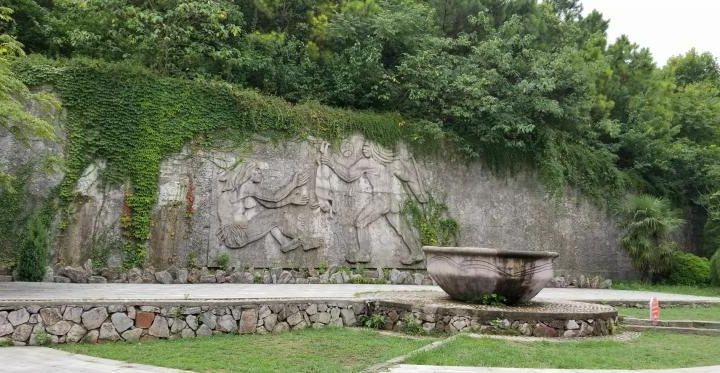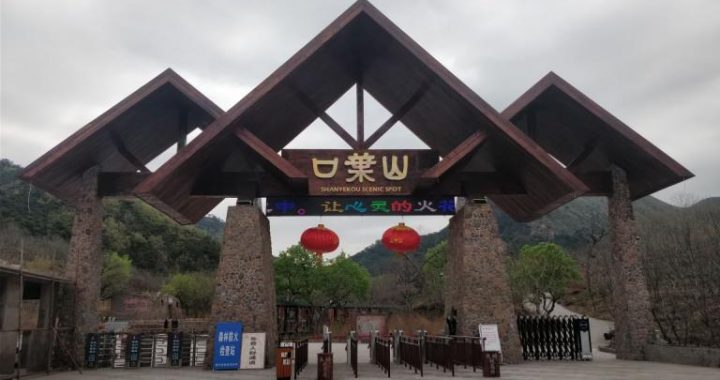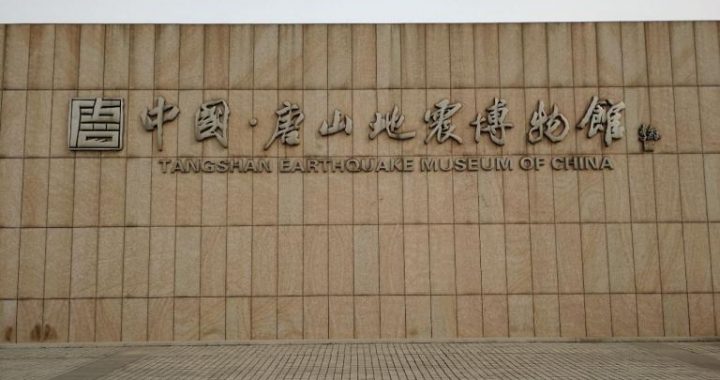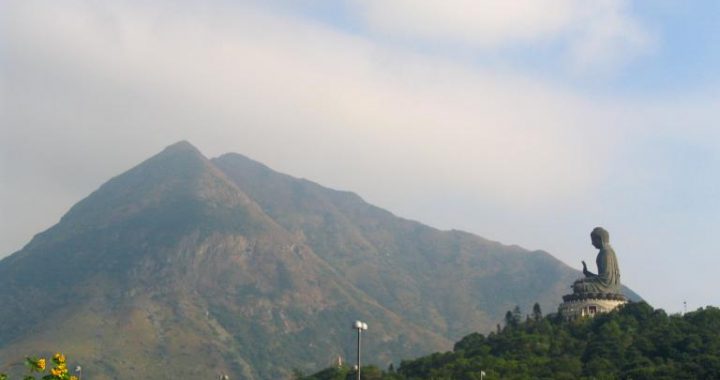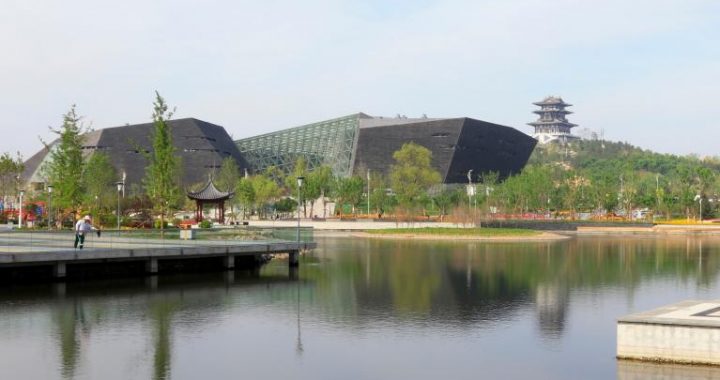Tangshan is an industrial city
4 min readTangshan is an industrial city, with industrial workers accounting for a dominant proportion of the urban population. Most of the communities are resided by workers. There are many workers’ clubs and sports centers along Guangdong Street, Shandong Street, the new workers’ village and the workers’dormitories, which remind people of the nature of city.
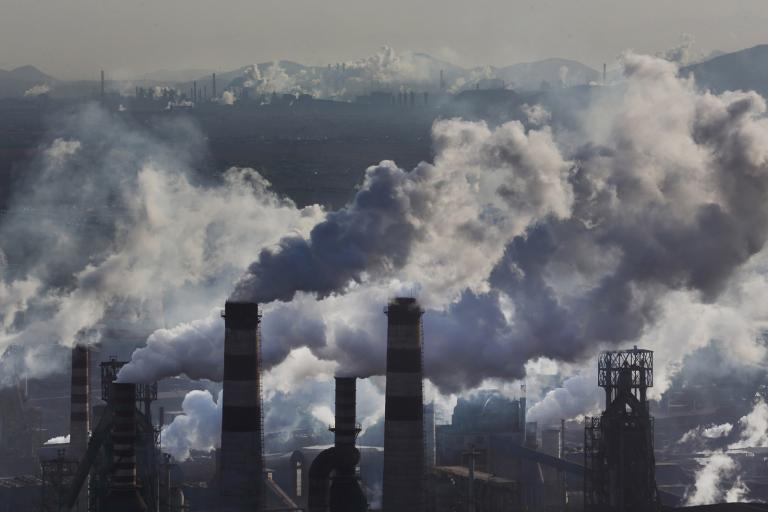
Some people said one of every three people must be from or at least be related to the Kailuan Coal Mine. The Kailuan people account for one third of the total population of Tangshan. In addition, Tangshan has a number of large industrial enterprises such as the Tangshan Rolling Stock Factory, Qixin Cement Plant, power plant, steel mill, pottery and porcelain factory and mining machinery plant.
Tangshan has China’s earliest and biggest workers’ hospital and workers’ cultural palace. Even the official paper of the CPC Tangshan Committee was named Tangshan Labor Daily, which was first is-sued on August 1,1949, with a masthead inscribed by Chairman Mao Zedong. It is said that Tangshan Labor Daily is the only publication of a city not directly under the central government winning such honor. The plaque at the Tangshan Workers’ Hospital was inscribed by Zhu De, who was also one of the founders of new China. This shows that the founders of the new China attached great importance to the industrial city. Relevant data indicate that, since the founding of new China, all top leaders of the CPC and the Chinese government have visited Tangshan, including, Mao Zedong, Liu Shaoqi, Zhou Enlai and Zhu De, who showed high concern to the workers’ life and the industrial production, with high expectations for the industrial development and its leading role nationwide.
The Tangshan workers made their debut on the historical stage during the May 4 Movement, and have been developing together with the modern industry and mechanized production. On the second day after the May 4Movement burst out in Beijing, students of the Tangshan Industry School gave animmediate response and established the Group to Save the Nation, which issued the Paper for Savingthe Nation. The students established a speech group and boycotted classes. Then, workers of Beijing Fengtian Railway Tangshan Manufacturing Factory, Kailuan Coal Mining Administration and Qixin Cement Company established the Association of Patriotic Organizations and People and went on strikes.
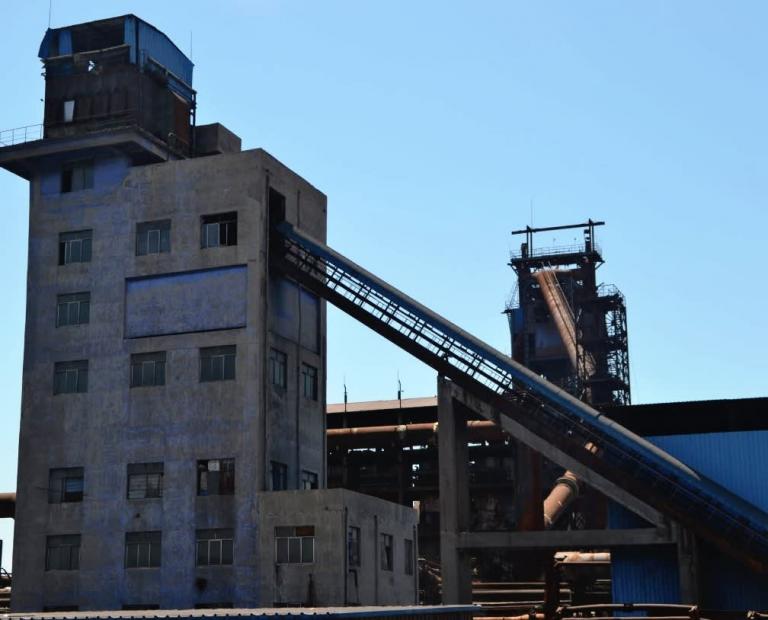
They also sent representatives to present a petition with the Beijing authorities.
The movement of the Tangshan workers won high praise from the domestic media. In 1922, the alliance of five mines of Kailuan went on strike, which is considered one of the most important parts of the history of workers’ movements. More than 30,000 Kailuan workers struck for 25 days and finally had some of their requirements accepted by the employers. Though without complete success, the strikes showed that the Chinese industrial workers played an important role in the historical develop.
ment. Mao Zedong wrote in his early work “Analysis of the Classes in Chinese Society”that “they (the workers) are especially capable of fight.”
During the Anti-Japanese War, another Kailuan worker won high fame. The legendary worker, Jie Zhenguo, who was from Wucheng County, Shandong(now Gucheng County, Hebei), came to Tangshan from a famine-stricken area with his father when he was 14 years old. Later, he became a child laborer at Zhaogezhuang Mine of Kailuan. He was good at martial arts, righteous, brave and discriminating.
During the Anti-Japanese War, he became a leader of the information team that consisted of workers, which was the only anti-Japanese team made up of industrial workers. The story of Jie Zhenguo waslater adapted into a modern Beijing opera named “Jie Zhenguo”, which was later made into an opera movie that was influential nationwide. In the eyes of the Chinese people, Jie Zhenguo is a hero.
The earliest workers’ library was built in Tangshan in early 1920s by CPC members their leader Deng Pei. The library enjoyed equal popularity with the Beijing Changxindian Workers’ Club. It is the earliest organization for enlightenment and self-management among Chinese workers. Deng Pei was born in Sanshui County, Guangdong. In 1897, the 14-year-old Deng became an apprentice at Tianjin Detai Machinery Factory. After that, he became a worker at the Beijing-Fengtian Railway Tangshan Repair Shop. Later, he was recognized as the most skilled craftsman of the shop.
At that time, Tangshan was the center and base for China’s railway construction. Therefore,a great number of domestic and foreign experts, professors, scholars, engineers and technicians came to Tangshan with advanced technologies, new knowledge, new concept and new ideas. Domestic and international news were spread fast here.This enabled Deng Pei,who was then a senior craftsman that could speak English to have a wide vision and modern thoughts.He began to have new and deepunderstanding of what he saw.Later,he joined the Tung Meng Hui established by Sun Yat-sen.He was one of the earliest CPC members of workers as well as the founder and leader of the CPC committees of Tangshan.Later research shows that in 1912,Sun Yat-sen had a talk with Deng Peiat the Guangdong Guide Hall during his visit to Tangshan.
What’s more,CPC pioneers in the workers’movement Li Dazhao,Zhang Tailei,Deng Zhongxia,Zhang Guotao and Luo Zhanglong all worked with Deng Pei.Luo Zhanglong even introduced him to the CPC.Deng participated in and led the early workers’movement of Tangshan,which promoted thenational workers’movement.In 1922,on behalf of the Chinese industrial workers,Deng Pei attended the 1st Congress of the Communist Parties and National Revolution Organization of the Far East held by the Communist International in Moscow.He was one of the few CPC members who had met Lenin.
